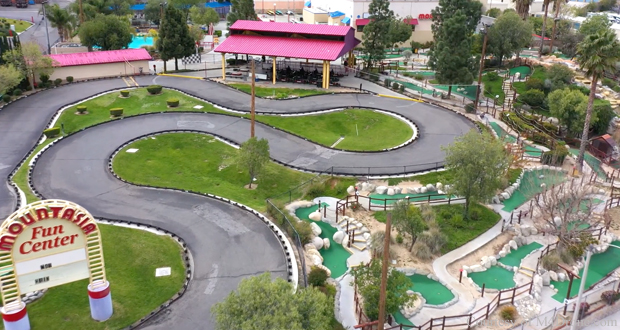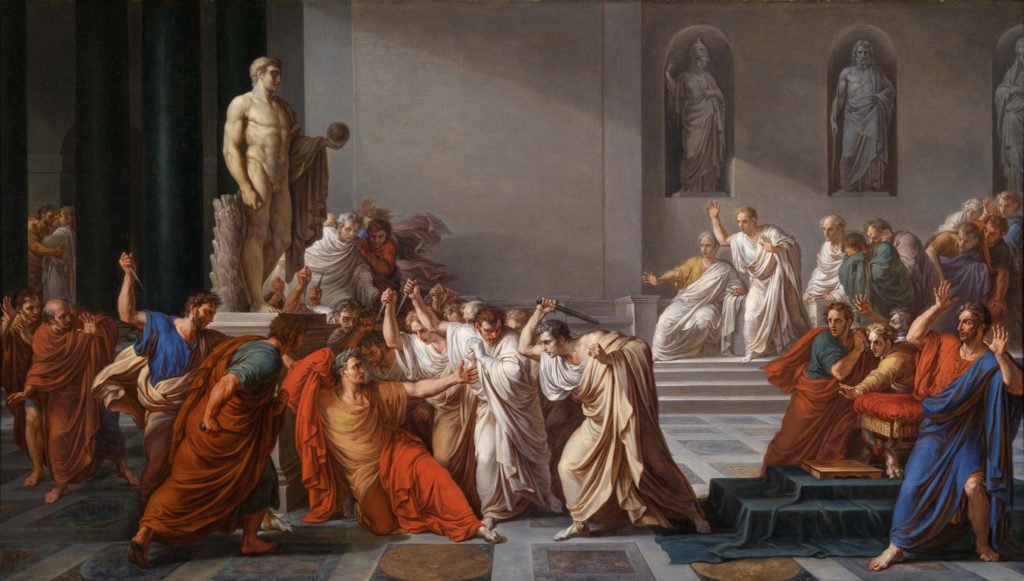At its peak, Rome was the most powerful empire in history. With its advanced military and organized battle formations, no one could rival its strength. However, like all great civilizations, Rome ultimately succumbed to internal flaws—corruption, civil war, and disease. This decline began in 476 A.D. when the Senate raised taxes, setting off a chain reaction that would weaken the empire’s borders.
The increase in taxes placed a heavy burden on citizens, many of whom struggled to pay. This led to a reduced budget for the military, and without pay, soldiers began to abandon their posts. As the borders of Rome became increasingly vulnerable, barbarian tribes seized the opportunity to invade. This lack of protection allowed them to attack merchants on the roads, stealing goods and disrupting trade throughout the empire.
When citizens lacked essential goods, their anger turned toward the Senate. Protests erupted throughout Rome, fueled by the frustration of dwindling trade and the threat posed by marauding barbarians. As merchants were killed and their goods stolen, the Romans’ dissatisfaction boiled over into rebellion against the Senate, making the ruling body increasingly nervous about the public’s response.
But this was just the beginning of Rome’s challenges. With emperors frequently assassinated, ambitious generals called on soldiers—many of whom had deserted their posts—to join them in civil wars for the right to rule. These internal conflicts ravaged Rome, and the generals proved to be powerful foes. What was once a bastion of safety slowly fell into chaos due to these ongoing struggles.
Adding to Rome’s woes, the barbarians became more strategic and organized, developing superior weapons for their invasions. When they finally attacked, there were virtually no soldiers at the borders to defend against them; all were embroiled in civil wars, leaving the empire vulnerable. The barbarians took advantage of this, catching the Romans off guard and steadily chipping away at their territory.
As the empire teetered on the brink of collapse, it divided into two parts. One half ultimately fell into obscurity, while the other continued its slow decline. Finally, in 476 A.D., Rome’s long descent reached its tragic conclusion. The barbarians and other neighboring enemies invaded, overwhelming the already weakened empire. With soldiers scattered and seeking work elsewhere, Rome was left defenseless, leading to the sacking of its capital.
Once the barbarians took control, they lacked an organized government, quickly abandoning the throne of Rome. The once-great city fell into ruin, becoming a barren wasteland. It would take around 1,500 years before Rome would be seen as a tourist attraction, drawing visitors to the remnants of its former glory.
Rome, one of the most powerful empires in history, still influences military tactics today. Now, it stands as a site for public exploration and admiration. Although I’ve never visited, it seems like a fascinating place for tourists, offering a glimpse into a civilization that shaped the world.






























